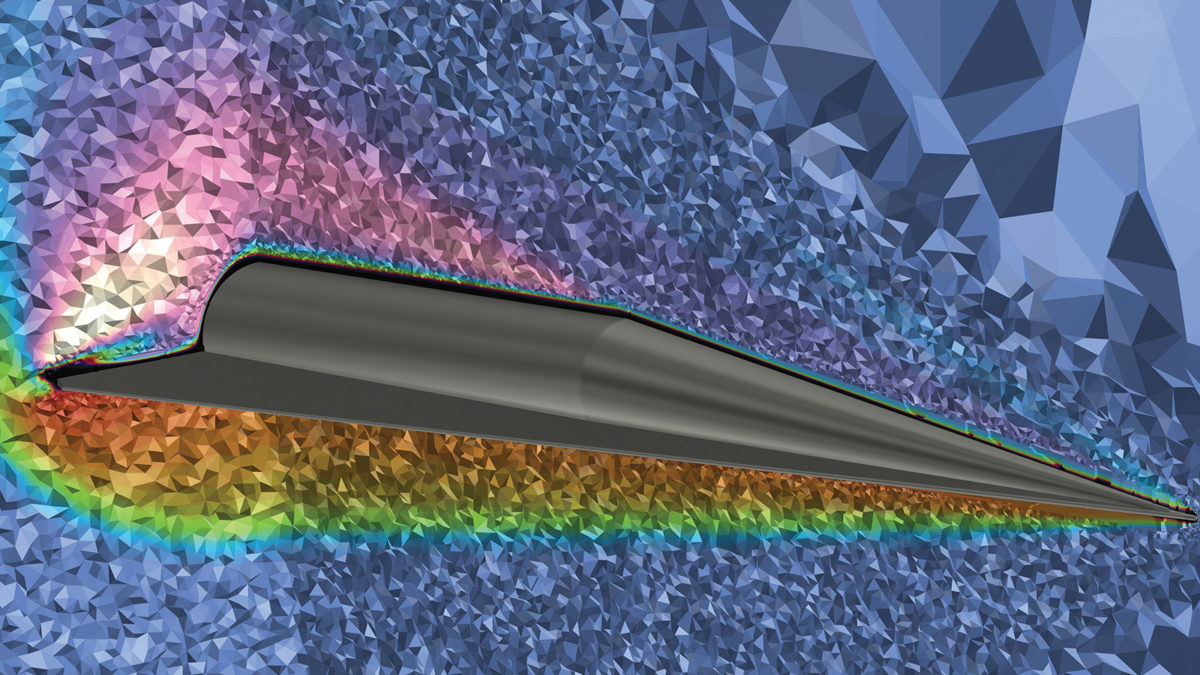By Mike Gruss
November 1, 2024
Hypersonic glide vehicles and air-breathing versions of these weapons have prompted two U.S. administrations to pump billions of dollars into better radars and space instruments for tracking them so they can be targeted effectively. Mike Gruss sorts the myth from the reality of the threat.
October 1, 2024
Mark Lewis, CEO of the Purdue Applied Research Institute
By Keith Button and Paul Brinkmann
November 1, 2023
Stratolaunch, owner of the world’s largest aircraft, plans to start flying a reusable hypersonic testbed from this plane in a bid to remake itself as a provider of services to the U.S. Defense Department and others. After a brush with insolvency and four years of development, the first test flight is at hand. Keith Button and Paul Brinkmann tell us about the technology.
By Cat Hofacker
February 1, 2023
By Keith Button
September 1, 2022
It’s one thing to manufacture a few experimental hypersonic missiles. It’s quite another to manufacture hundreds or more production versions. Automation has to come into play if it’s to be done affordably. Keith Button tells the story of a company that figured out how to apply thermal protection material by robot.
By Moriba Jah
July 1, 2022
By Keith Button
May 1, 2022
Fielding a hypersonic missile that can cull oxygen from the air for propulsion would mark a dramatic turn in the U.S. and allied race to master hypersonic weaponry. Crafting such designs has proved challenging largely because the physics are not well understood and designs can’t be easily tested in wind tunnels. Keith Button spoke to researchers who think they have a solution.
January 1, 2022
The United States has been playing catchup to China and Russia on hypersonic weapons, but it has yet to tap into one of the nation’s greatest advantages. The United States is home to a network of companies that make large volumes of highly trusted components and structures for commercial aircraft. Mark Forkapa of Fiber Materials Inc. explains how such companies can help the Defense Department scale up production of thermal protection systems for hypersonic weapons.
By Jan Tegler
January 1, 2021
One of the great remaining accomplishments of flight would be creating an operational aircraft that can fly hypersonically, defined as Mach 5 or above, by gleaning oxygen for combustion from the air, just as conventional jets do. The U.S. has tested air-breathing hypersonic engines but not of the size required for aircraft that would carry passengers, weapons or intelligence equipment. Jan Tegler looks at the challenges of scaling up.
By Keith Button
June 1, 2020
The U.S. believes it has made a breakthrough toward closing the gap in hypersonic missile technology it perceives between itself and China and Russia. Some independent observers, however, question whether those countries have, in fact, progressed quite as far as U.S. planners contend. Keith Button spoke to Pentagon officials and independent missile watchers.
By Keith Button
March 1, 2020
Making a single hypersonic weapon or space launch vehicle is one thing. Mass producing them is quite another. The strong, heat-resistant ceramic components they require are extremely difficult to produce. Keith Button spoke to materials scientists who think they have the solution.
January 1, 2020
Designers of hypersonic vehicles need to be confident that unsteady flows around their vehicles won’t produce vibrations that will damage the vehicles or their payloads. Accurately predicting the pressure generated by these unsteady flows and modeling how hard this pressure shakes a vehicle could give U.S. engineers that confidence. Katya Casper of Sandia National Laboratories in New Mexico describes her research toward making this a reality.












